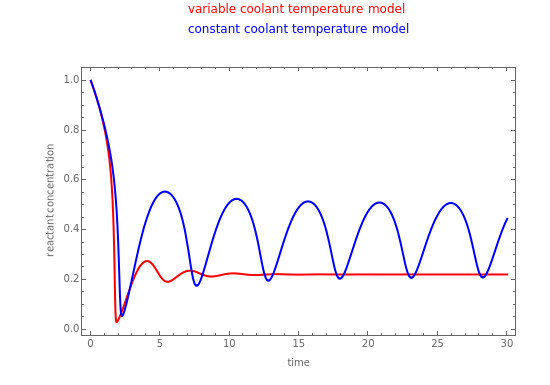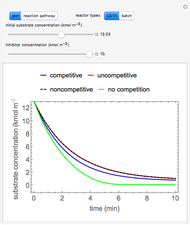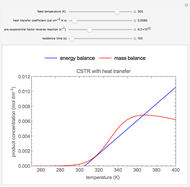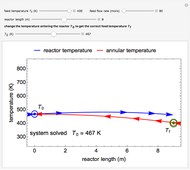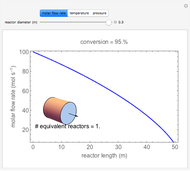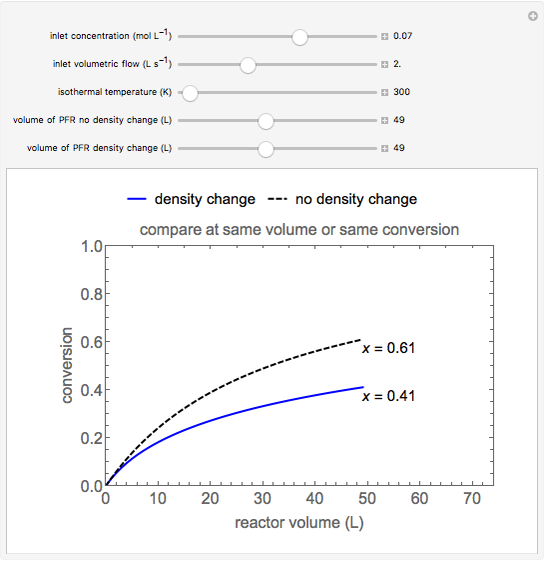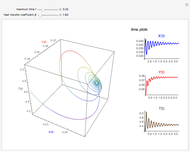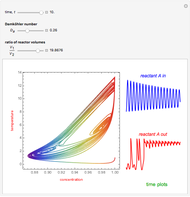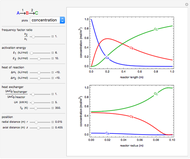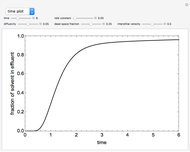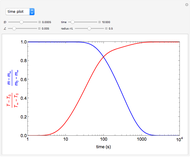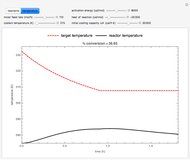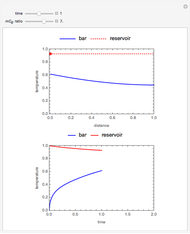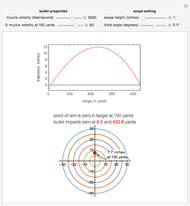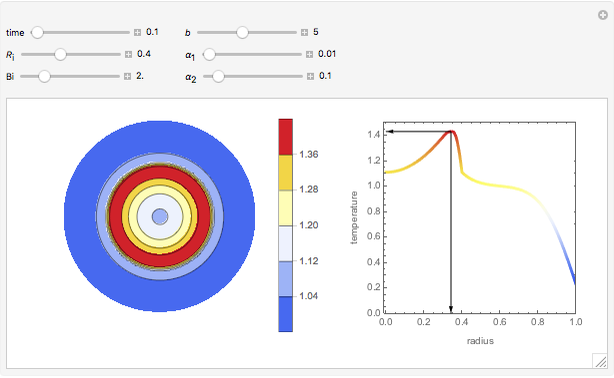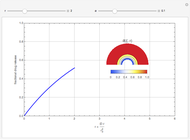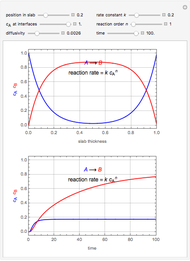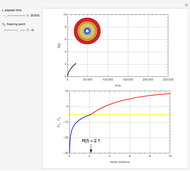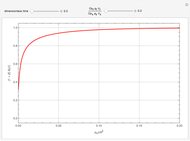Exothermic Continuous Stirred-Tank Reactor with Dynamically Varying Cooling Jacket
Initializing live version

Requires a Wolfram Notebook System
Interact on desktop, mobile and cloud with the free Wolfram Player or other Wolfram Language products.
This Demonstration compares the kinetics of an exothermic reaction with a cooling jacket at constant temperature to a system in which the dynamics of the cooling jacket are taken into account.
[more]
Contributed by: Clay Gruesbeck (April 2014)
Open content licensed under CC BY-NC-SA
Snapshots
Details
Reference
[1] L. P. Russo and B. W. Bequette, "Impact of Process Design on the Multiplicity behavior of a Jacketed Exothermic CSTR," AIChE Journal, 41(1), 1995 pp. 135–147.
Permanent Citation
